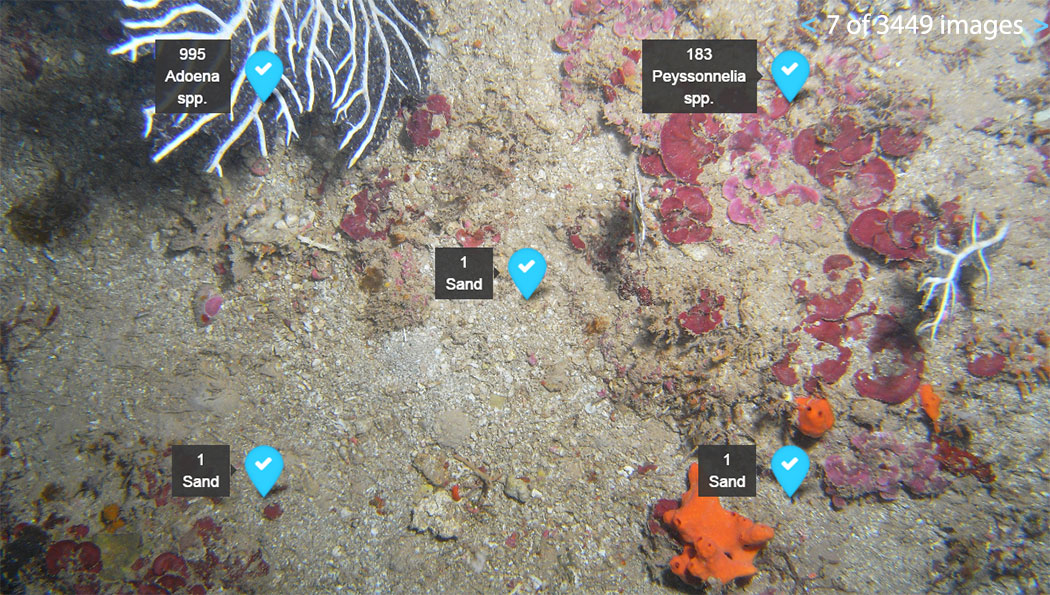AIMS’ reef monitoring team is now using face-recognition technology and 3D models in its annual surveys of the Great Barrier Reef.
Monitoring efforts have been stepped up because of the intensity and scale of environmental disturbances, urging the need to monitor a larger proportion of the marine world heritage area.
AIMS’ technology development team has responded to the challenge by supporting researchers in our Long Term Monitoring Program to help measure the status of coral reefs in innovative ways, in a bid to support reef recovery.
AIMS’ Long Term Monitoring Program leader Dr Hugh Sweatman said they were harnessing rapid advances in a range of technologies from artificial intelligence to underwater robotics.
Machine learning speeds up identification process
Rapid advances in artificial intelligence allows machines to learn from AIMS’ expert biologists, how to distinguish corals from other marine life, and to recognise several types of coral.
This skill is then used to measure the abundance of corals in images hundreds of times faster than humans are able to.
This advanced technology includes the BenthoBox, an image analysis system which was developed by AIMS researchers in Western Australia.
The BenthoBox identifies corals and other ocean-floor (benthic) marine life with methods used in face recognition technology.
It also uses machine learning or artificial intelligence, and can identify coral and other animals within thousands of images taken of the sea floor.
This application is able to produce reliable estimates of coral cover while processing more than 30,000 images per day. This has drastically reduced the delay between collecting images and reporting the results.
Dr Sweatman said implementation of these technologies would allow AIMS to report on the state of the Great Barrier Reef in close-to real time.
Measuring the Reef in 3D
AIMS researchers are also using high-tech computer programs to visualise reefs in 3D and to measure the complexity of the reef surface.
Characteristics of the reef surface are believed to play an important part in the early life of corals and subsequent reef recovery.
“We can now measure things we could never measure before, including being able to see how complex the surface of the reef is,” Dr Sweatman said.
“Our surveys of juvenile corals are now being compared with 3D reconstructions of the underlying reef surface.”
“These new observations will enable our scientists to get a clearer picture of the kinds of places where coral recruits like to settle, and how surface complexity affects their survival. Settlement and survival of coral recruits are fundamental processes in reef recovery.”
These innovations are ensuring more information can be gathered in a shorter time. Rapid automated processing means findings can be made available to managers and decision makers swiftly. In that way, management of the Great Barrier Reef will be guided by the most accurate, and latest information.
AIMS’ divers have monitored a large number of representative Great Barrier Reef reefs for more than 30 years, providing a substantial record of the changes that have occurred. These historic diver-based surveys and the most recent surveys using these new technologies, will run side-by side for several years to ensure the observations are compatible and the historical record is maintained.




